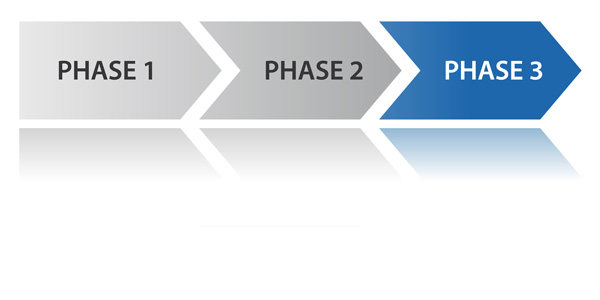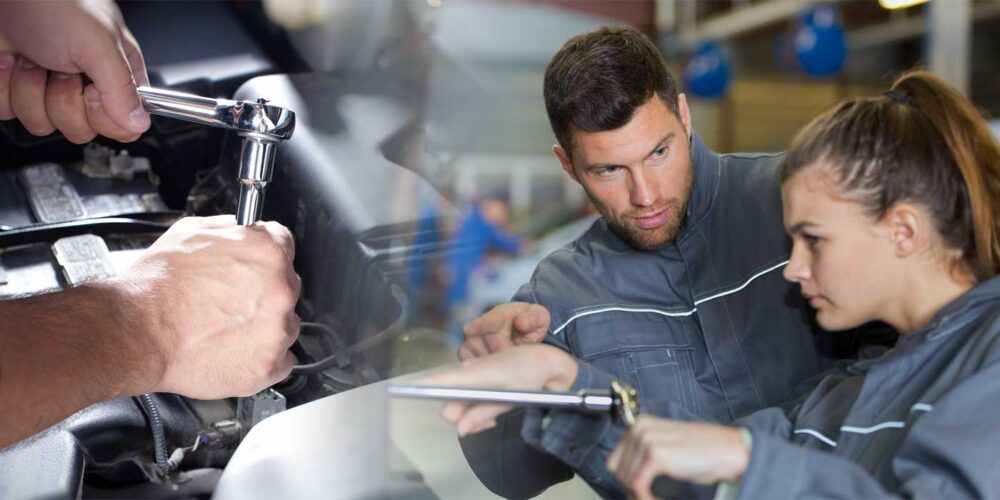Condition • Cause • Correction — an RO for your service department.
Most of you are probably familiar with the 3C’s on your repair orders — Condition, Cause and Correction, which are a necessity in order to complete a repair order correctly. Now, I would like for you to consider using the same 3C’s for effectively working with your technicians.
Determine the Condition
First, I want you to determine what the “condition of your technicians” is. To do this, you should start by asking your service director/manager to conduct an assessment of their individual skill levels. This will accomplish two things. One, do they need additional training and two, are they qualified to perform the work that is dispatched to them.
Secondly, measure each technician’s productivity for the last 90 days so you can determine if they are performing up to their current skill level. For example, a lube technician will not be as productive as a flat rate “A” technician but he may very well be performing up to his skill level.
Thirdly, evaluate their performance as to how they stand versus your performance standards and goals. Now that you have a good idea of who is qualified to do what job and who is or is not performing at your standards, you have a pretty good idea of who needs help from the management team and who doesn’t. The manager now must determine what is causing this technician to underperform.
Root out the Cause
The cause of poor performance on the part of your technicians is not always an easy thing to determine but the easiest way to get started is to simply sit down in a one-on-one meeting with them and ask this simple question: “Why do you think your productivity is below our minimum performance standards?”
You might be surprised at what you hear so remain open-minded, keep your mouth shut and listen. You see, you simply can’t rely on the numbers (hours produced) to tell you everything you need to know to be an effective manager. You must determine what is causing the low productivity.
Here is an example: I had just completed a shop meeting with all technicians at a dealership in the Midwest when a very polite technician walked up to me and said, “I am the top technician in this shop, I have the most experience, I have the most training and every other tech comes to me when they need help but I will never reach 120% productivity.”
I asked why not, and he responded: “Because all I get is warranty work and zero customer pay.” So, here is a very talented technician, ASE Master Certified, with a great attitude but he never sees a customer pay repair order. The service manager here deserves a trip out behind the woodshed! Correcting the cause of this technician’s condition was a very easy thing to do, which of course is called the correction.
Correct the Problems
The correction is not always up to the technician. In this case, the dispatch process was the cause and once corrected (took five minutes) his productivity shot up to over 130%, gave himself a pay raise (more flat rate hours), produced more gross profit for the dealer (sounds like another pay raise) and I made a friend for life.
Another example would be lack of tools or lack of the proper equipment and maybe even other employees’ performance is affecting theirs. You must first understand the condition, determine what the cause is and then correct it. Does this make sense?
When holding shop meetings with technicians you should ask them what you can do as a dealer, GM or service director/manager to make them more productive.
Believe me when I tell you they will be very straightforward and “tell like it is.” In my view, the most common responses are regarding the parts department that doesn’t have the part and/or won’t get the part fast enough and the advisors who won’t sell the additional work found by the technician.
In most cases, I tend to agree with them and that’s one of the reasons why so many dealers are averaging less than 1.5 HPRO on retail repair orders. To reach maximum productivity, a technician must have a strong support team in the parts department and on the service drive.
Build Team Spirit
Technicians are hard-working people with a tough job and in many cases under-appreciated. As a dealer, GM or service director (should be all three of you), when was the last time you just sat down and listened to them. That’s right — you listen, they talk.
Here’s an idea for you: Every day when you first come to work (dealer, GM and service director), why not grab a cup of coffee and just stroll down the middle of the service department and say “Good Morning”?
When you’re finished, do the same in the body shop, detail shop and the parts department. The next thing you know the condition of your employees’ attitude is pretty good, your employees see that you really care, their productivity goes up, absenteeism goes down, gross profit increases to record levels and holy cow, the dealer gets another pay raise!
Don Reed – DealerPro Training














